How to overcome stereotyping in the workplace as a leader: 7 Top strategies in 2024
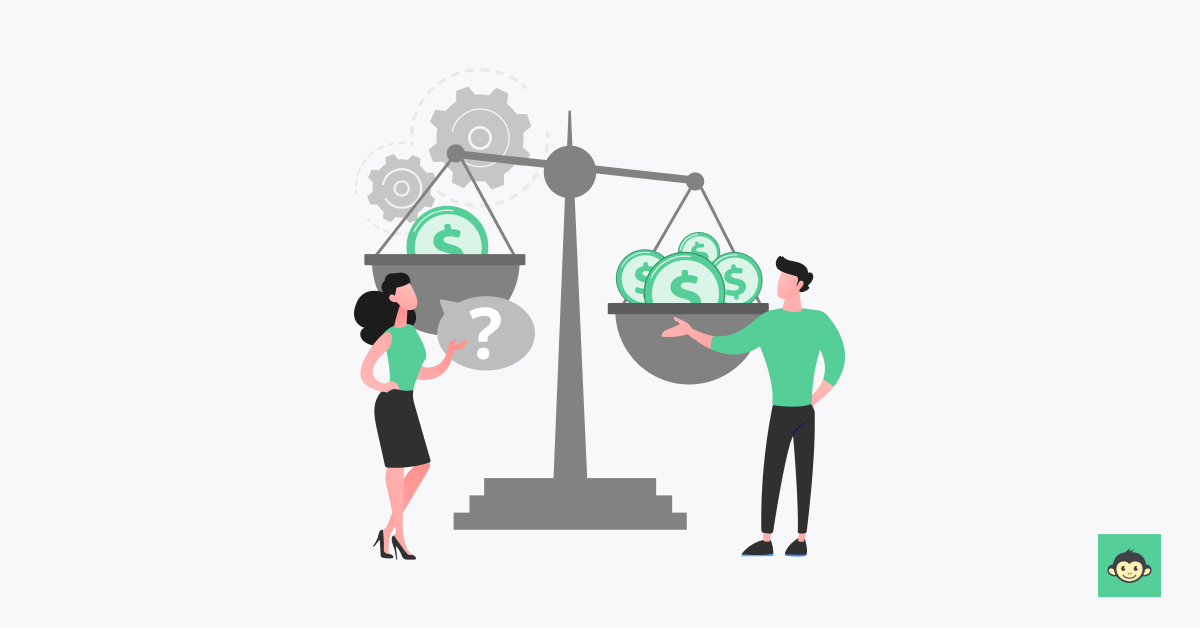
Workplace stereotypes: From cultural and ethnic stereotypes to age-related biases, these harmful assumptions can create a hostile work environment, decrease job satisfaction, and limit career advancement opportunities. These outdated notions leave a lasting and damaging effect on the fabric of a company's culture.
As a leader, it's your responsibility to foster an inclusive environment where everyone thrives. As a leader, you hold the power to dismantle these biases and foster a culture of inclusion where everyone thrives.
But with the evolving landscape of the 2024 job market, how can you effectively combat stereotypes and champion diversity? Buckle up, because we're diving into 7 impactful strategies to help you lead the charge!
This blog post will explore how you can educate yourself and others, cultivate a culture of inclusion, champion open communication, lead by example, celebrate differences, partner with Employee Resource Groups, and hold yourself and others accountable.
Get ready to discover actionable steps to promote diversity, crush stereotypes, and build a workplace where everyone feels valued and empowered.
What is stereotyping in the workplace?
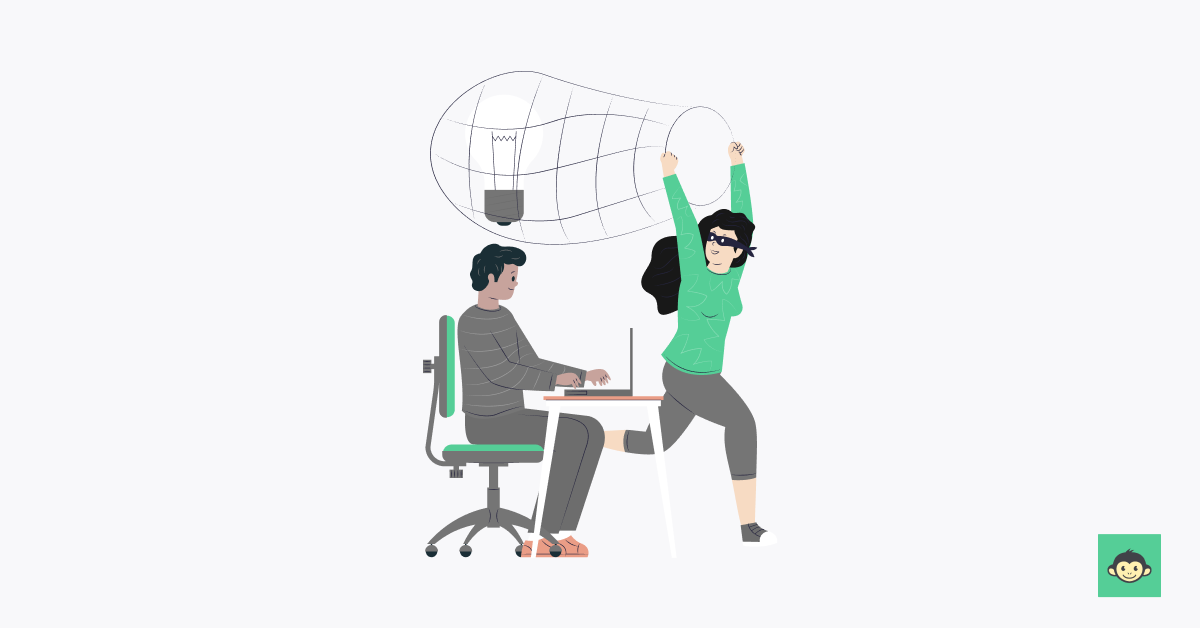
Stereotyping in the workplace is the act of unfairly categorizing individuals based on traits like ethnicity, culture, age, gender, or sexual orientation. These biases can manifest in different ways, such as assuming certain ethnic or cultural groups possess specific traits or skills, or unfairly judging someone's competence based on their age or gender.
For instance, ethnic and cultural stereotypes may lead to assumptions about the work ethic or communication styles of particular racial or ethnic groups, limiting opportunities for career growth. Age-related stereotypes might unfairly label younger employees as inexperienced or older employees as resistant to change.
Gender stereotypes also influence workplace dynamics, with women often facing assumptions about their leadership abilities or emotional stability, impacting their career advancement. Additionally, biases related to sexual orientation or disability can further marginalize individuals in the workplace.
These stereotypes not only affect individuals directly but also contribute to a negative work environment, reducing employee morale and productivity. Addressing these biases is crucial for creating an inclusive workplace and particular culture where everyone feels valued and empowered to succeed.
What is a stereotyping bias?
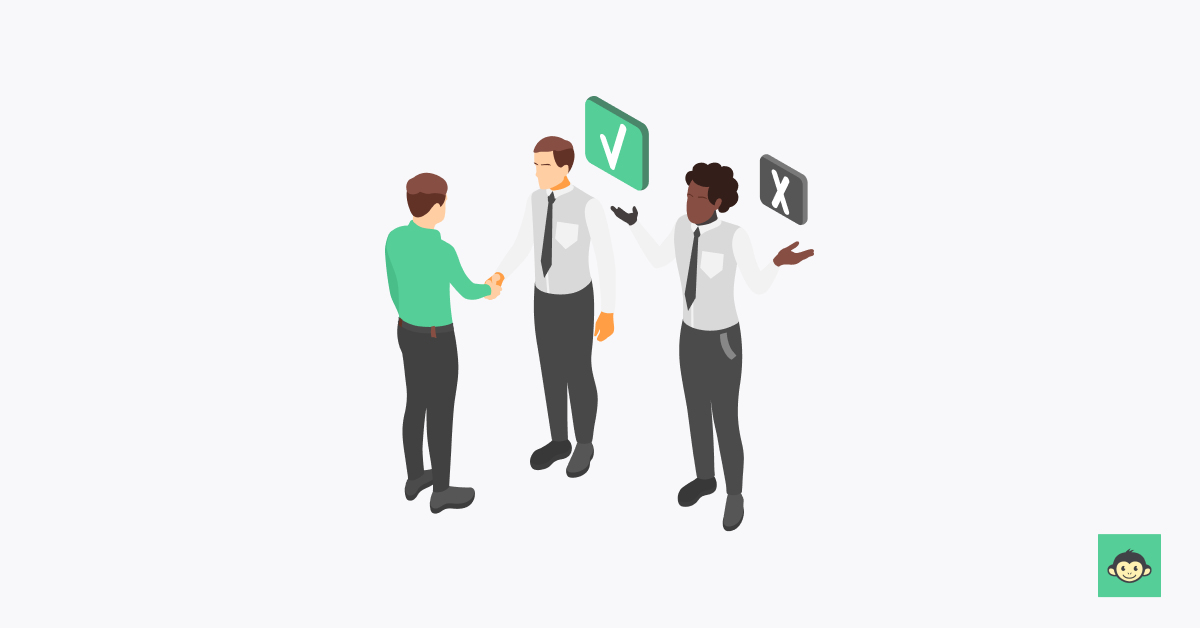
Stereotyping in the workplace bias refers to the prejudiced categorization of individuals based on oversimplified perceptions about their ethnicity, culture, age, gender, or sexual orientation. This bias often stems from societal stereotypes and can lead to unfair treatment and discrimination within the workplace environment.
For instance, ethnic and cultural stereotypes may lead to assumptions about an individual's work ethic, communication style, or abilities solely based on their cultural background.
This can result in marginalized groups facing barriers to career advancement and opportunities for professional growth.
What are the types of stereotypes in the workplace?
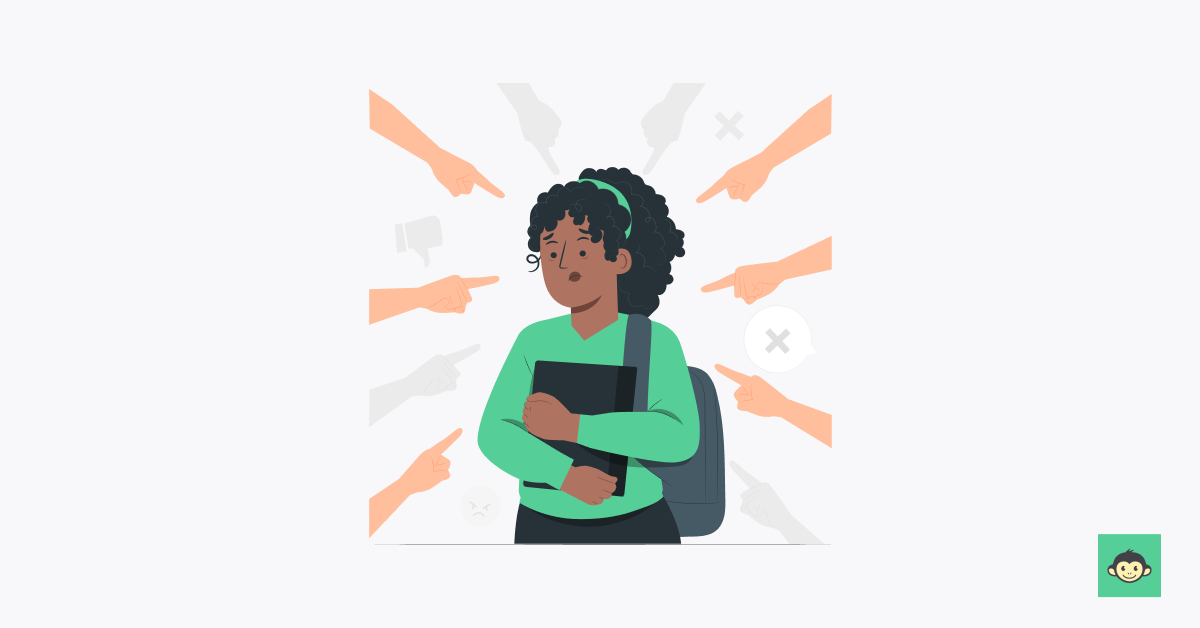
In the workplace, stereotyping can manifest in various forms, each impacting individuals differently. Here are the types of stereotyping commonly observed:
- Performance stereotypes: Occur when individuals are unfairly judged based on assumptions about their abilities, skills, or work ethic. For example, certain racial or ethnic groups may be stereotyped as being less competent or hardworking, leading to biased evaluations and limited career opportunities.
- Leadership stereotypes: Involve preconceived notions about an individual's suitability for leadership roles based on characteristics such as gender, age, or ethnicity. Women, for instance, may face stereotypes that undermine their leadership capabilities, resulting in fewer opportunities to advance into leadership positions.
- Gender stereotypes: Encompass beliefs about the traits, behaviors, and abilities associated with different genders. Women may face stereotypes that undermine their leadership abilities or suggest they are less capable in certain fields than their male partners or colleagues, contributing to gender disparities in the workplace.
- Intersectional stereotypes: Arise from the combination of multiple identity factors, such as race, gender, age, or sexual orientation. For example, women of color may face unique stereotypes that intersect race and gender, leading to compounded biases and challenges in the workplace.
Effects of stereotypes in the workplace and how can it impact employee engagement

Stereotypes can have significant effects on workplace dynamics for both individuals and the organization. Here's a look at how stereotyping impacts company cultures and employee engagement:
- Decreased job satisfaction: Stereotyping based on factors like ethnicity, age, or gender can lead to feelings of being undervalued or unfairly treated among affected employees. This decreased job satisfaction can result in disengagement and lower morale.
- Limited career advancement opportunities: When individuals are stereotyped, they may be overlooked for promotions or challenging assignments, impacting their career growth. This lack of advancement opportunities can lead to feelings of frustration and disengagement.
- Reduced trust and collaboration: Stereotyping fosters an environment of mistrust and division among employees. When individuals feel stereotyped or unfairly judged, they may be less inclined to collaborate with coworkers or share ideas openly, leading to a decline in teamwork and innovation.
- Increased turnover rates: Employees who feel stereotyped or marginalized are more likely to seek opportunities elsewhere. High turnover rates not only disrupt team dynamics but also incur significant costs for recruiting and training replacements.
- Negative impact on mental health: Constant exposure to stereotypes can take a toll on employees' mental health, leading to increased stress, anxiety, and even depression. This negative impact on well-being further contributes to disengagement and reduced productivity.
- Ineffective diversity and inclusion efforts: Stereotyping undermines efforts to foster diversity and inclusion in the workplace. When individuals are stereotyped based on their identities, it sends a message that their unique perspectives and contributions are not valued, hindering efforts to create a truly inclusive environment.
- Damage to employer brand: Organizations that allow stereotyping to persist risk damage to their reputation as an employer of choice. In today's interconnected world, news of discriminatory practices or biased behavior can spread quickly, deterring top talent from seeking employment with the company.
To mitigate the impact of stereotyping on employee engagement, organizations must prioritize diversity, equity, and inclusion initiatives.
This includes providing training to raise awareness about unconscious bias, implementing fair and transparent policies for the recruitment and promotion of their diverse workforce, and fostering a culture of respect and appreciation for individual differences.
By creating an environment where all employees feel valued and respected, organizations can enhance employee engagement and drive sustainable success.
How do you break stereotypes in the workplace?
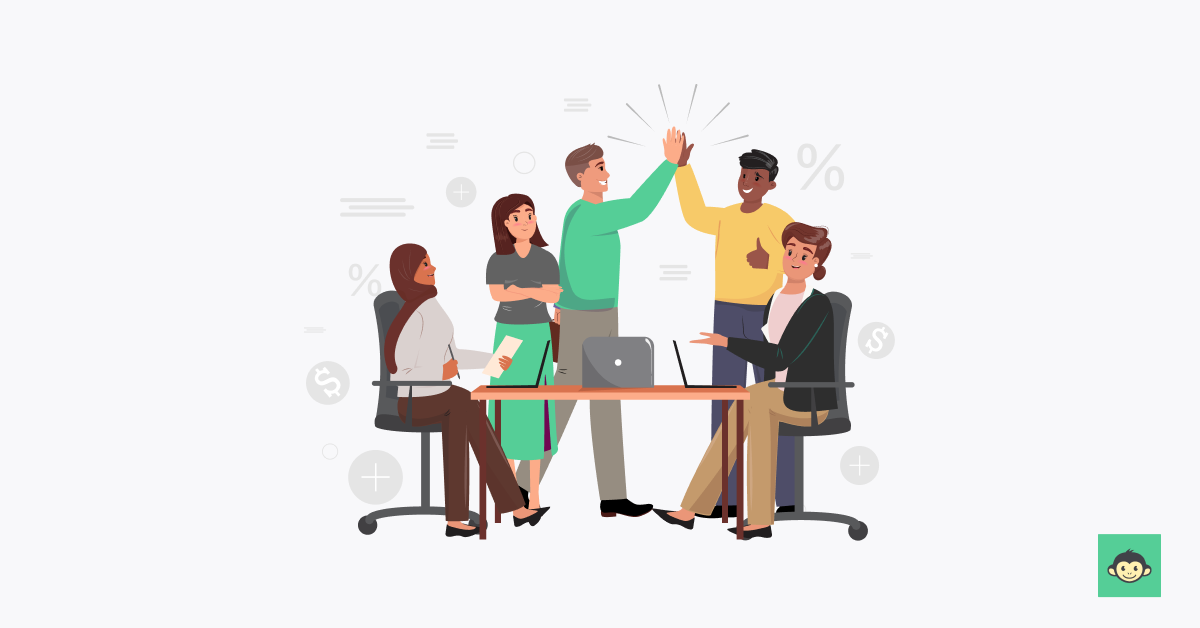
Breaking stereotypes in the workplace requires a concerted effort from both the individual and organizations. Here are several strategies to help combat and dismantle stereotypes:
- Education and awareness: Provide training and workshops to raise awareness about unconscious bias and the impact of stereotypes on individuals and the organization. Encourage employees to examine their own assumptions and challenge stereotypes in their thinking and behavior.
- Promote diversity and inclusion: Foster a culture of diversity and inclusion where individuals from all backgrounds feel valued and respected. Actively recruit and promote employees from diverse backgrounds and create opportunities for them to contribute and thrive.
- Lead by example: Leaders play a crucial role in breaking stereotypes by demonstrating inclusive behavior and challenging biased assumptions. Set the tone for the organization by promoting fairness, equity, and respect for all employees.
- Encourage open communication: Create a safe space for open dialogue where employees can share their experiences and perspectives without fear of judgment or reprisal. Encourage constructive feedback and actively listen to the concerns of marginalized groups.
- Implement fair policies and practices: Review and revise policies and practices to ensure they are free from bias and promote equal opportunities for all employees. This includes recruitment, performance evaluations, promotions, and compensation.
- Provide mentorship and support: Pair employees from underrepresented groups with mentors who can provide guidance, support, and advocacy. Mentorship programs can help individuals overcome barriers to advancement and build confidence in their abilities.
- Celebrate diversity: Recognize and celebrate the unique contributions and achievements of individuals from diverse backgrounds. Highlighting diversity not only fosters inclusivity but also sends a clear message that stereotypes have no place in the workplace.
- Hold individuals accountable: Hold individuals accountable for their actions and behaviors that perpetuate stereotypes or discrimination. Establish clear consequences for discriminatory behavior and ensure that everyone is treated fairly and respectfully.
- Regularly assess progress: Continuously monitor and evaluate the organization's progress in breaking stereotypes and fostering diversity and inclusion. Solicit feedback from employees and make adjustments as needed to further promote a culture of equity and respect.
By implementing these strategies consistently and proactively, organizations can create a workplace where stereotypes are challenged, diversity is celebrated, and all employees have equal opportunities to succeed.
Stereotyping in the workplace examples
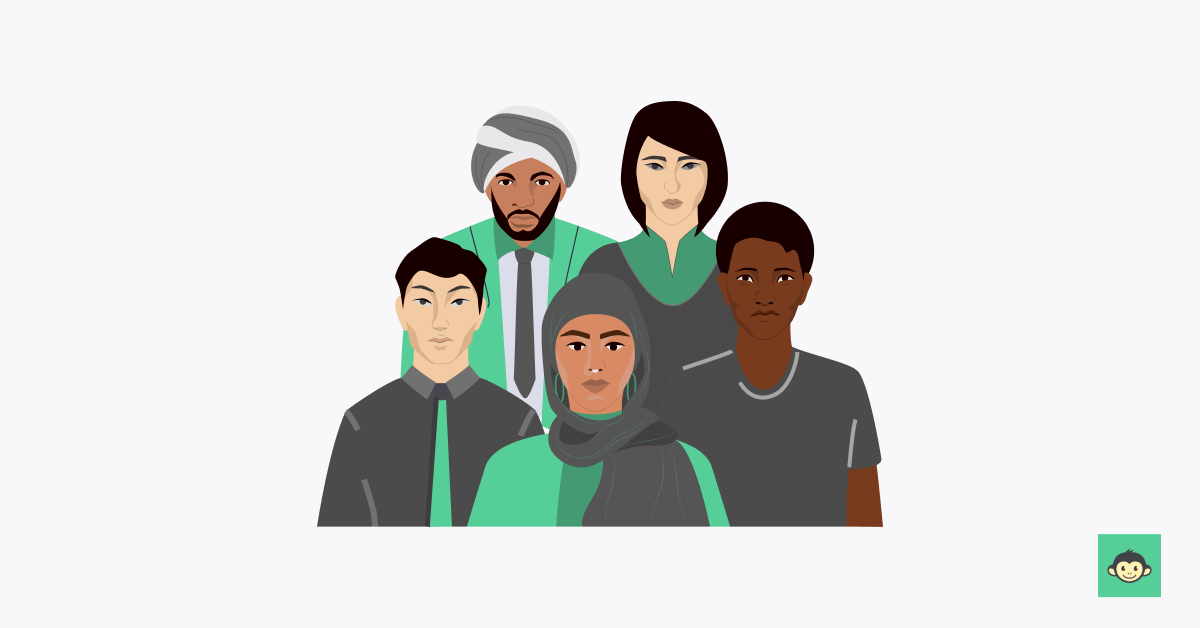
Stereotypes can take various forms, perpetuating harmful biases and affecting employees' experiences. Here are examples of it:
Cultural and ethnic stereotypes
Employees from specific ethnic or cultural backgrounds may be stereotyped as having certain characteristics or abilities. For instance, assuming that individuals of Asian descent are inherently good at math or that members of the Hispanic community are more suited for manual labor roles.
Age-related stereotypes
Older workers may face stereotypes such as being resistant to change or less technologically adept, while younger employees may be seen as inexperienced or lacking professionalism.
Sexual orientation stereotypes
LGBTQ+ employees may encounter stereotypes based on their sexual orientation, such as assumptions about their behavior, interests, or work capabilities. For example, assuming that a gay employee will bring drama to the workplace or that a lesbian employee will have a masculine demeanor.
Marginalized groups
Individuals belonging to marginalized groups, including women, people of color, or individuals with disabilities, may face stereotyping that undermines their abilities, qualifications, or leadership potential.
Underrepresented groups
Employees who are underrepresented in certain industries or roles may face stereotypes that justify denying them opportunities for career advancement or leadership positions.
Implementing diversity initiatives
Sometimes, efforts to implement diversity initiatives can inadvertently reinforce stereotypes. For example, assuming that hiring a few individuals from underrepresented groups fulfills diversity requirements without addressing underlying biases or systemic barriers.
Inclusion training programs
While inclusion training programs are designed to combat stereotypes and foster a more inclusive workplace, they may not always be effective if they fail to address specific stereotypes or if employees perceive them as tokenistic measures rather than genuine efforts to promote diversity and equity.
By recognizing and addressing these examples of this, organizations can work towards creating a more equitable and inclusive environment for all employees.
Conclusion
Combating stereotypes in the workplace is a multifaceted endeavor that requires a concerted effort from all levels of an organization. From addressing cultural and ethnic stereotypes to promoting diversity through a diverse hiring process, it's imperative for leaders to take proactive steps to create an inclusive workplace culture.
By recognizing the lasting and destructive effect of such stereotyping, and implementing initiatives to combat them, organizations can foster a workplace environment where all employees feel valued and respected.
This includes addressing issues such as racial discrimination, a toxic work environment, and societal expectations that may contribute to less job security or lower job satisfaction for certain groups.
Ultimately, by promoting diversity, actively combating stereotypes, and fostering a workplace culture of inclusion and respect, organizations can create a more equitable and supportive environment for all employees.
Ready to revolutionize your workplace culture? We can help. Embrace diversity and foster inclusion with CultureMonkey today.



